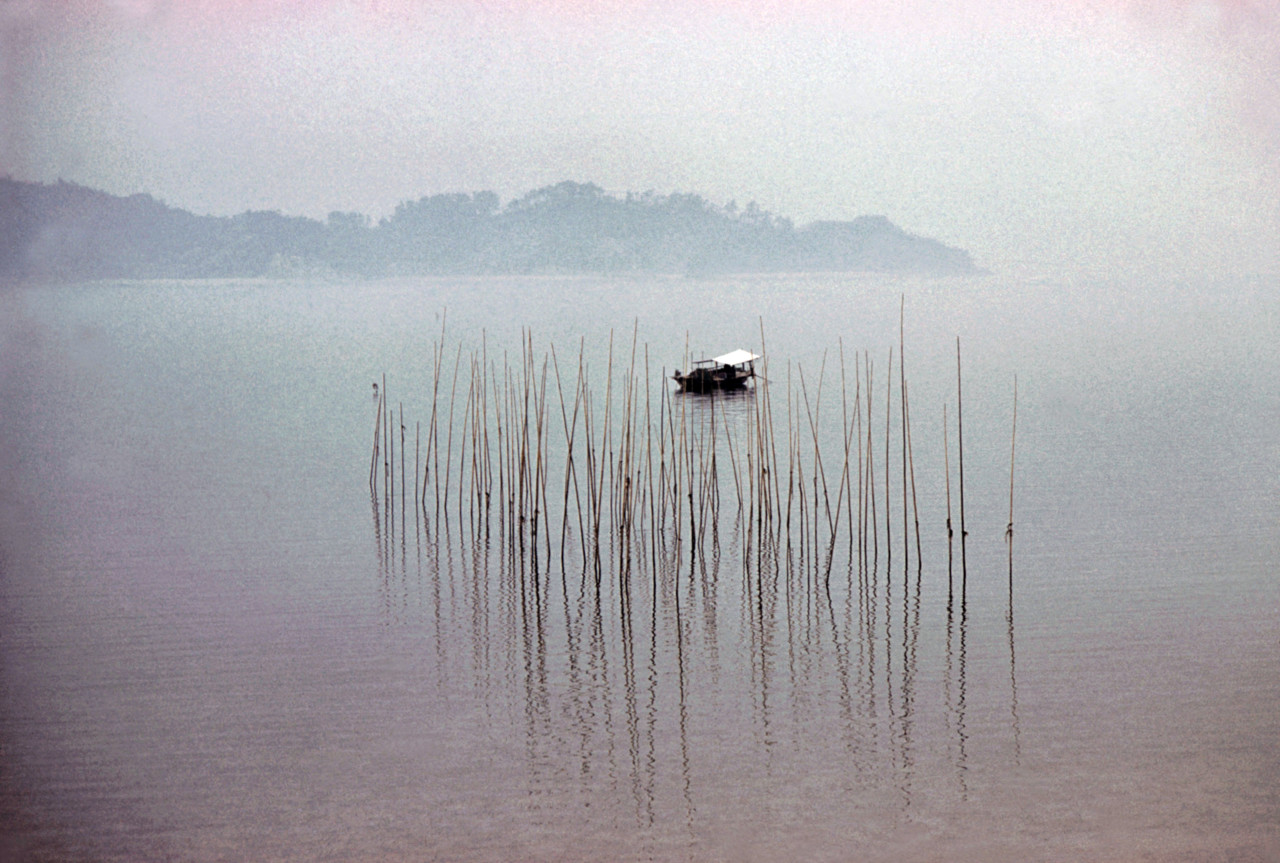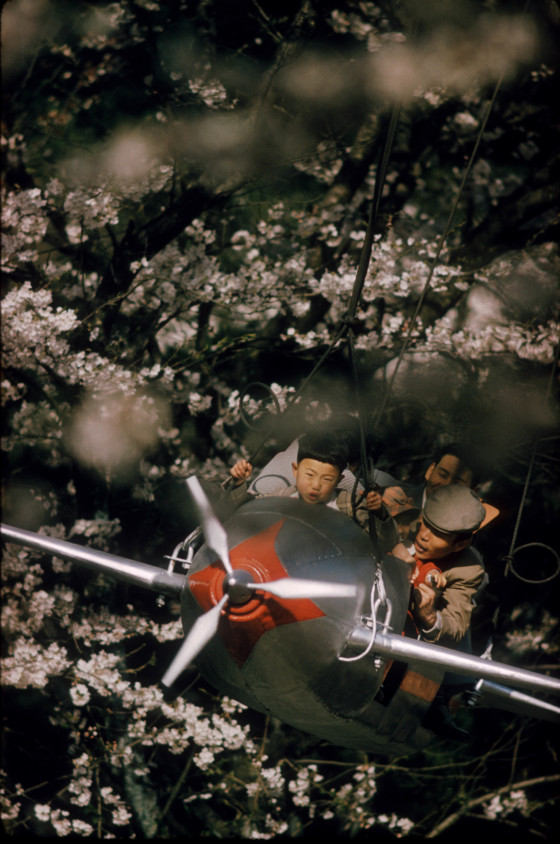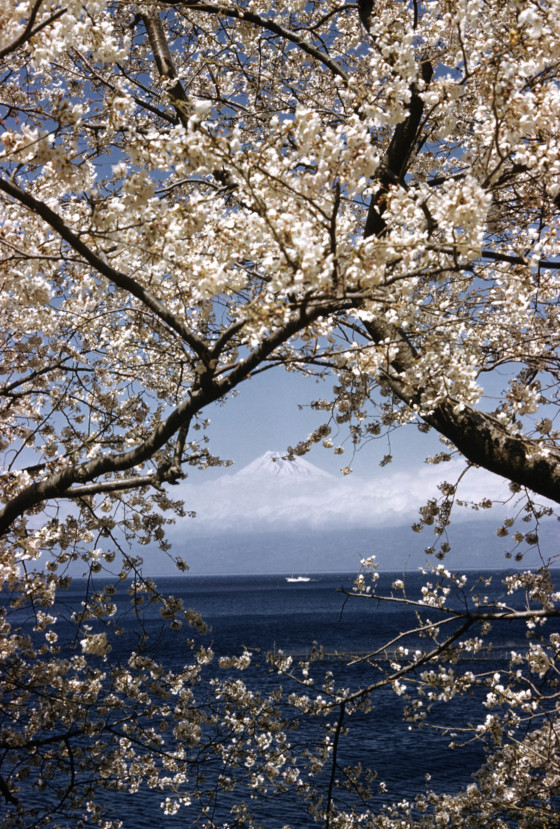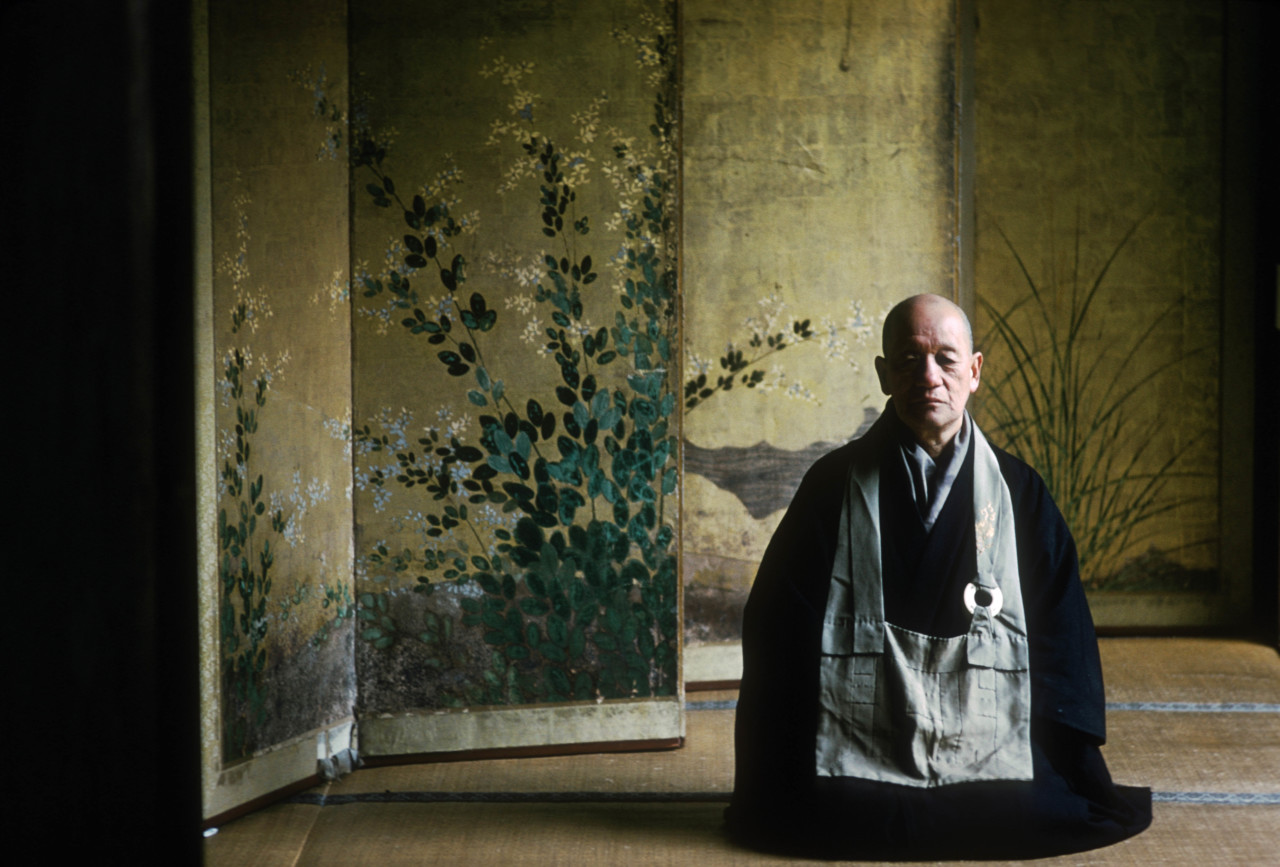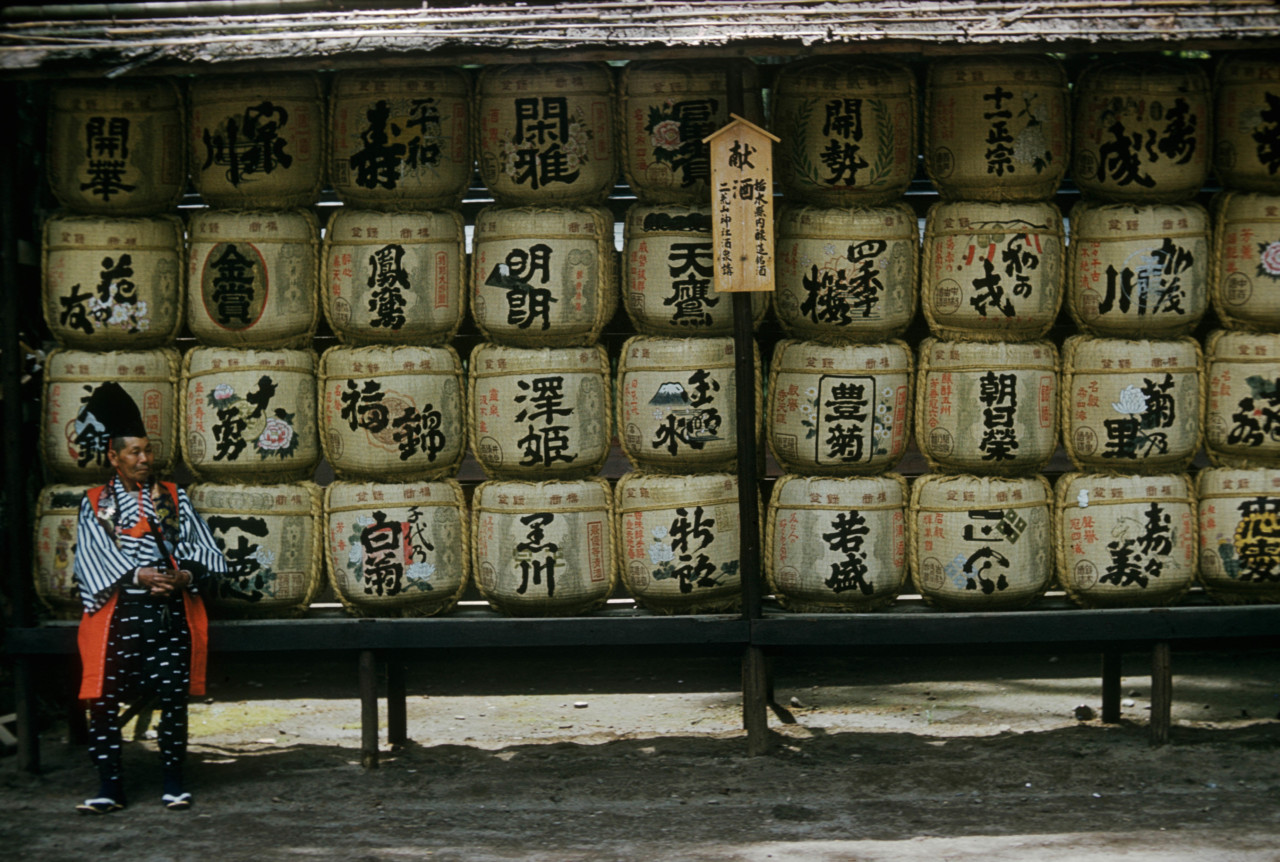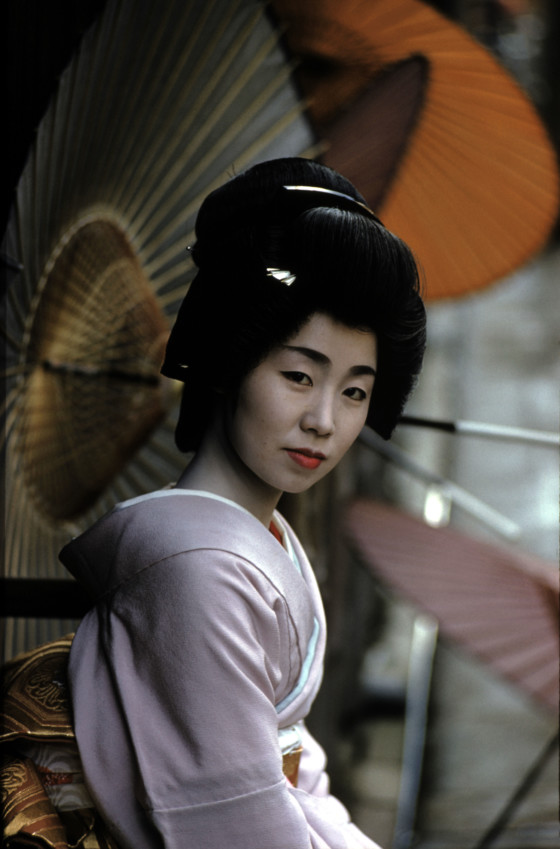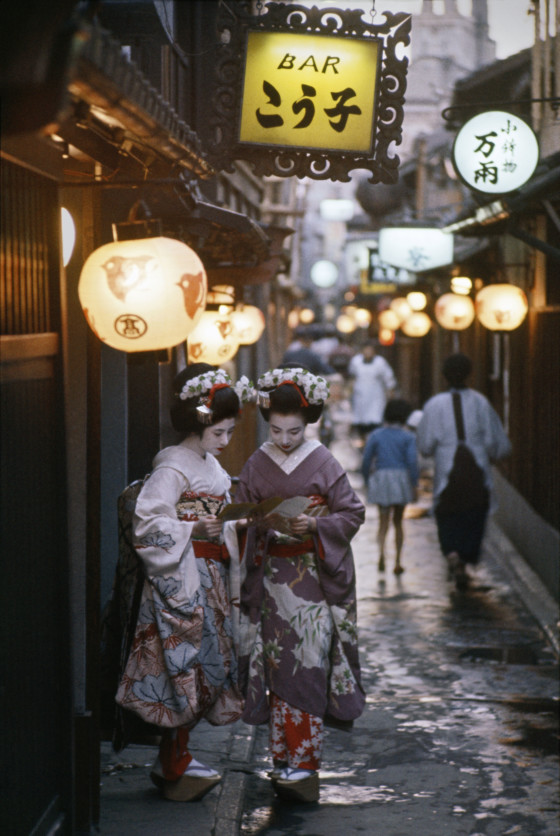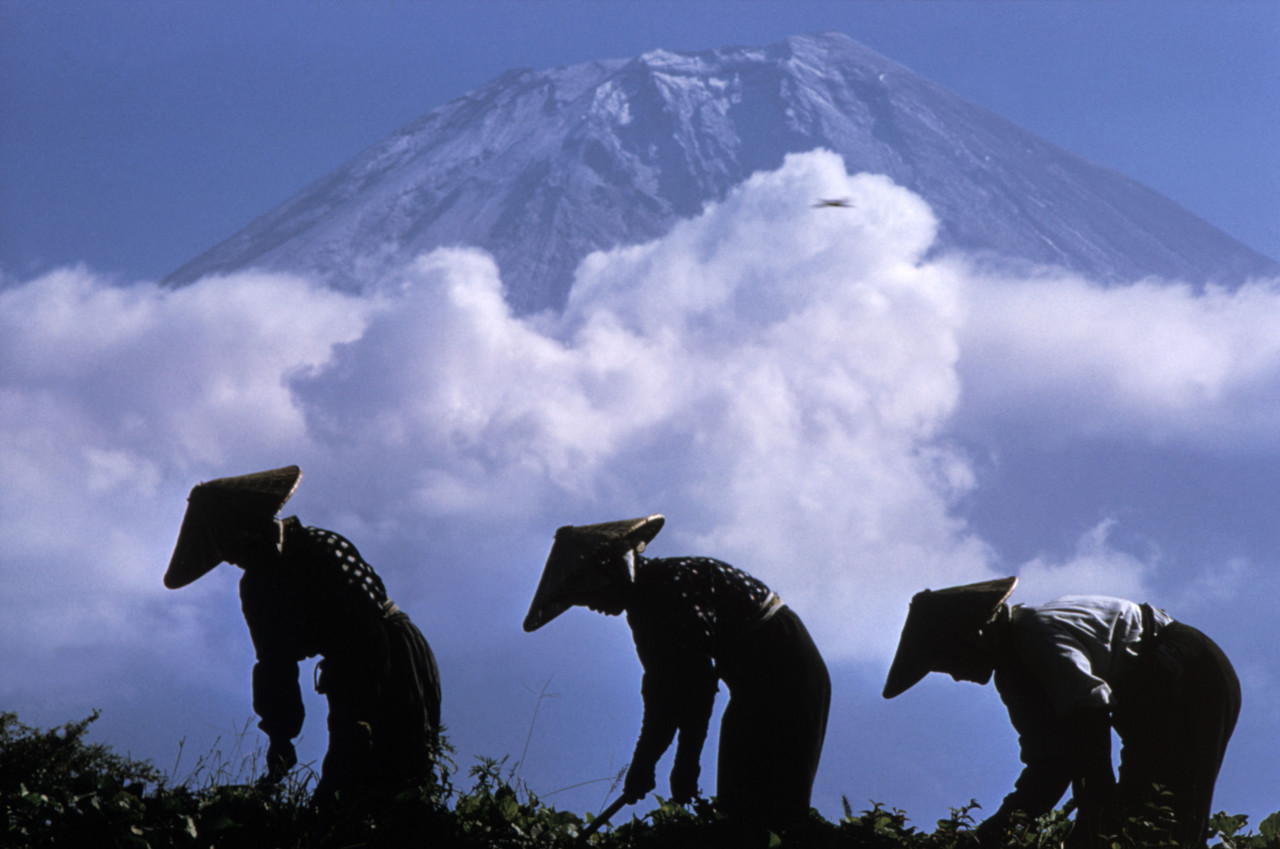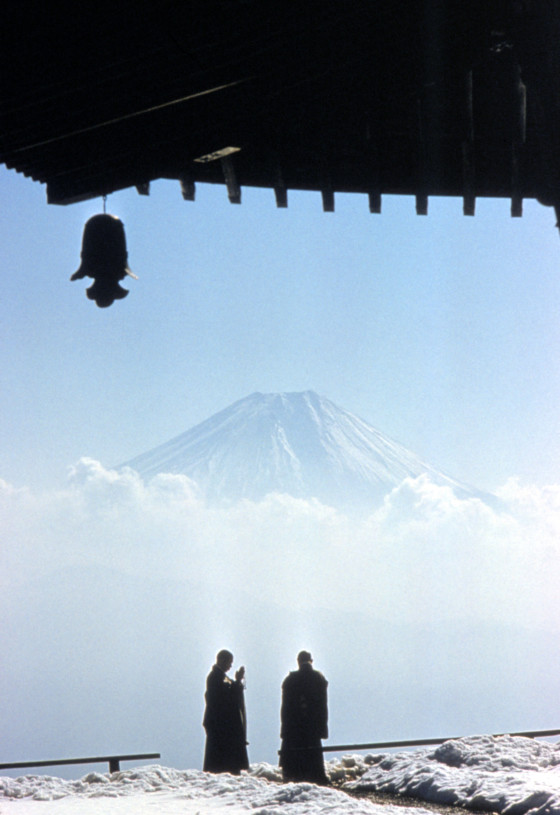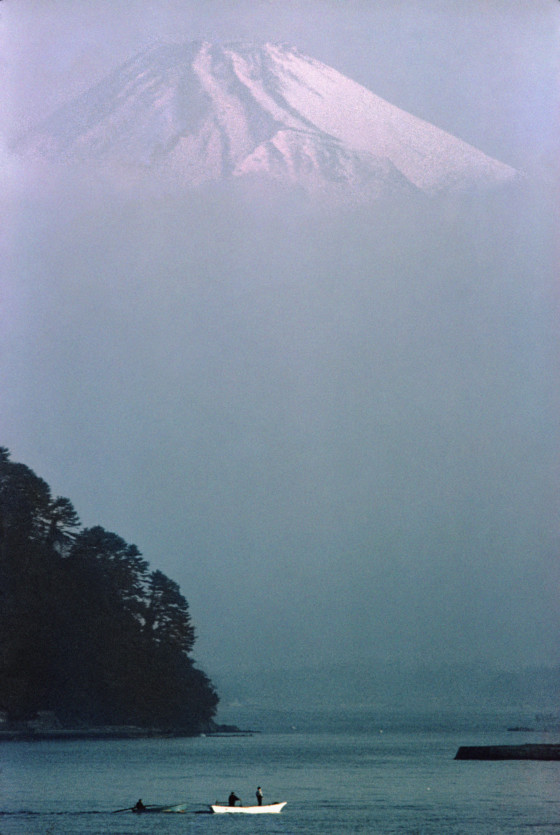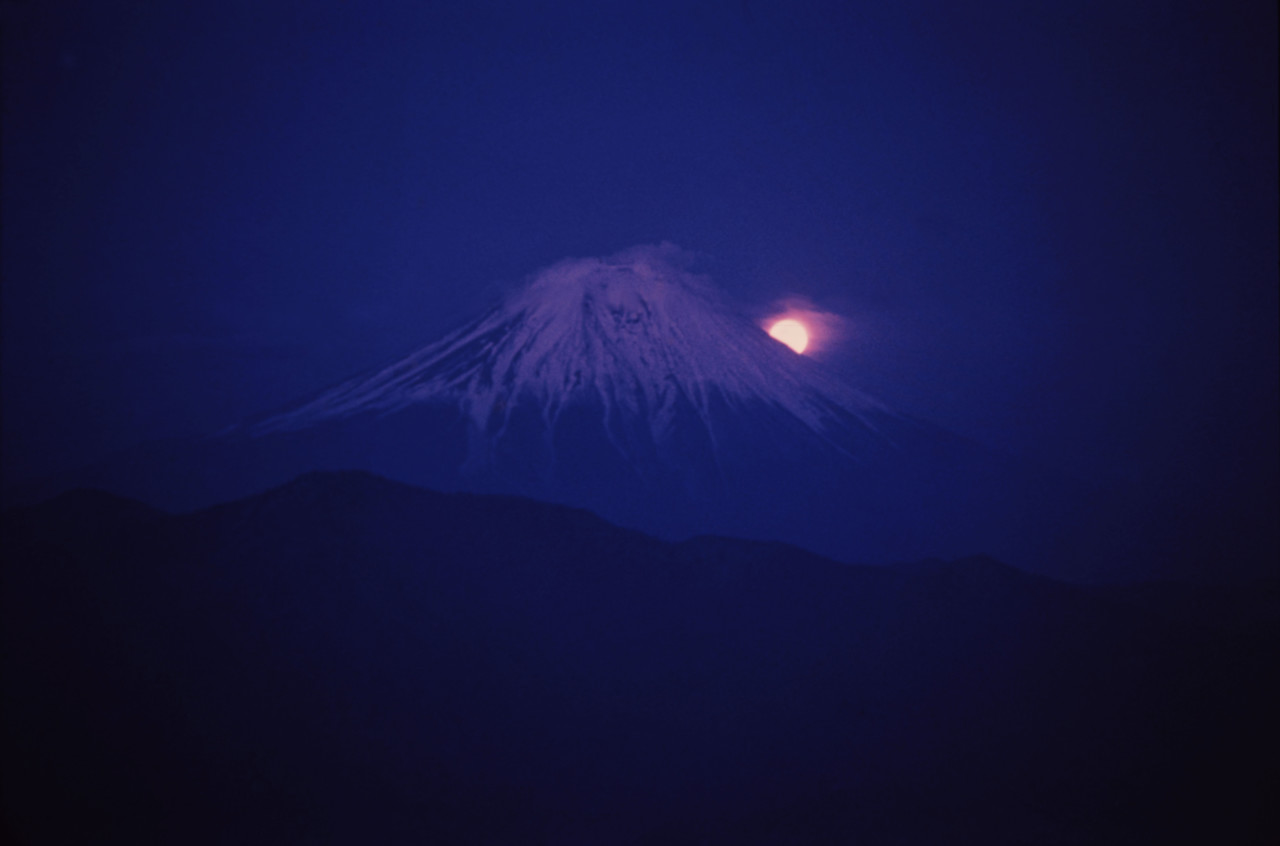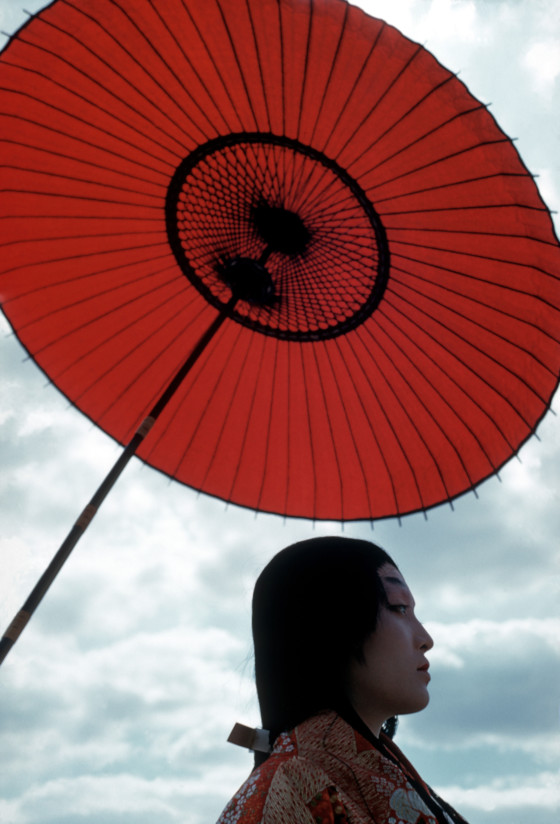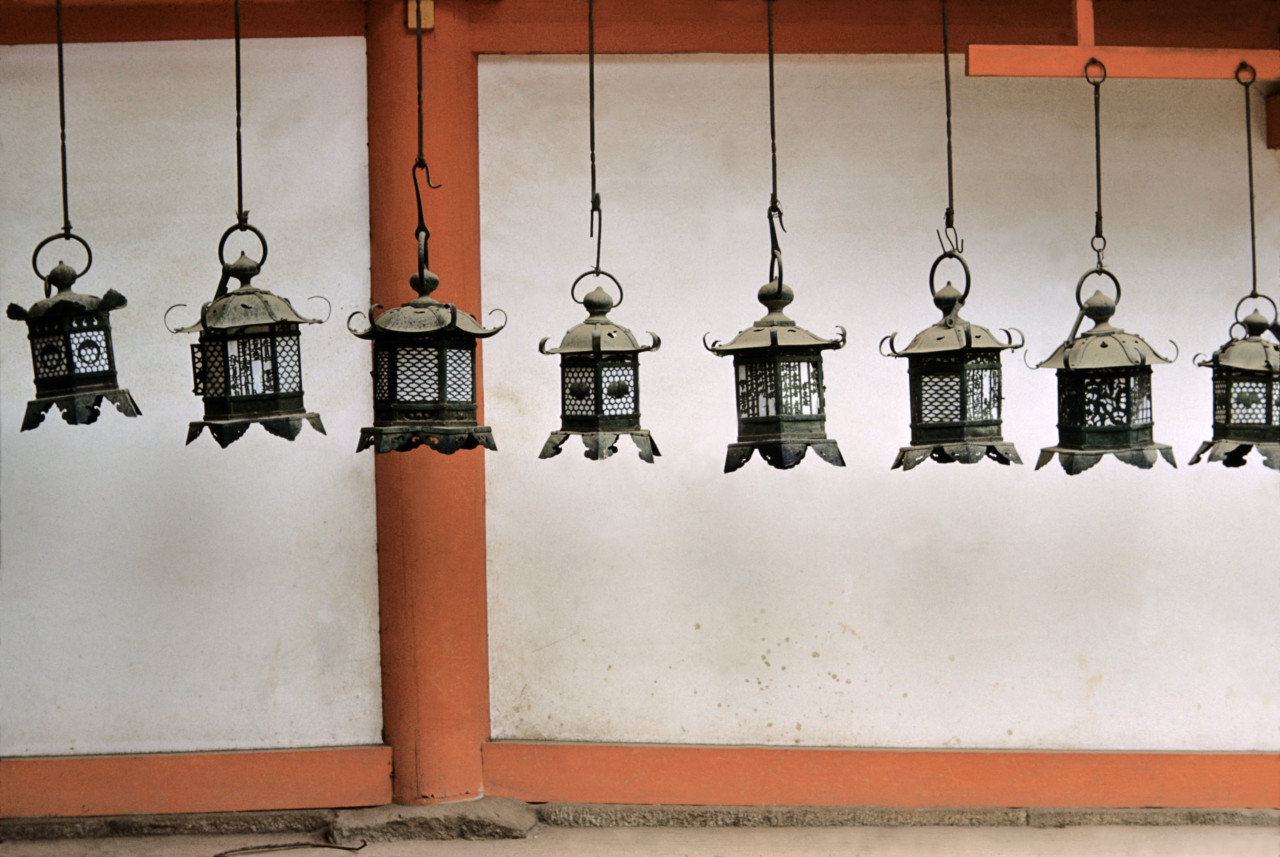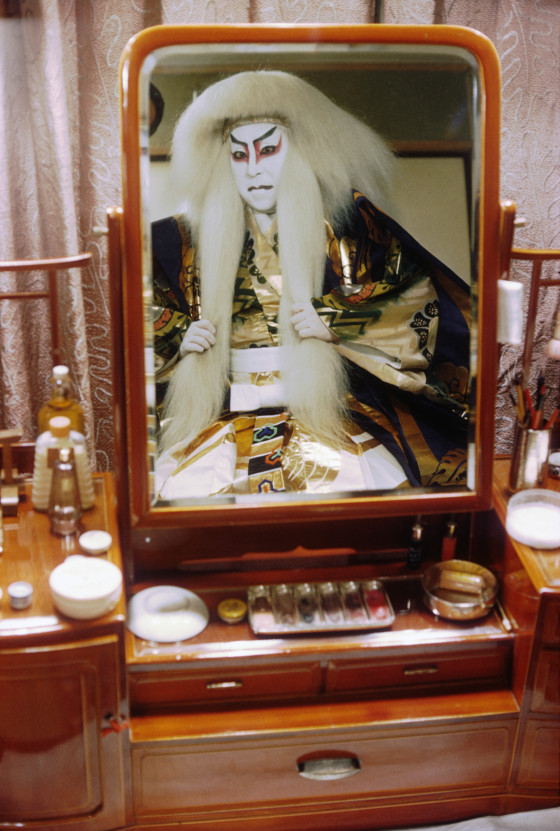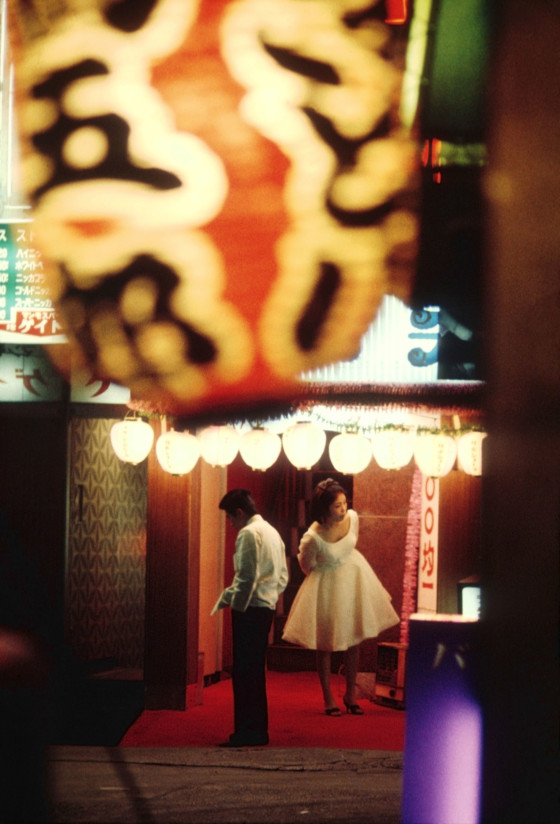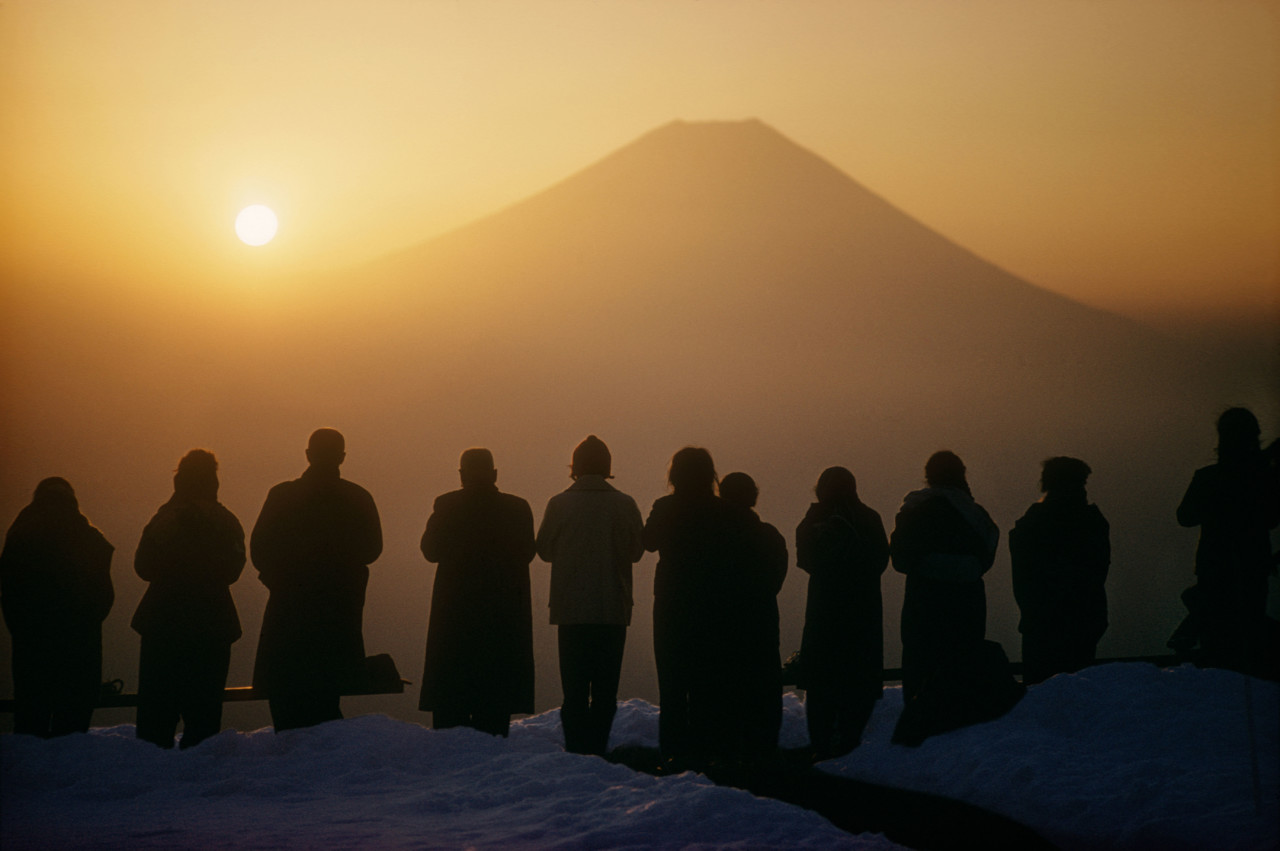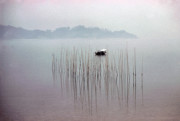A Portrait of Japan
Capturing the rich culture of Sixties Japan, Burt Glinn’s vivid photographs are a testament to his skills with early color photographic processes
“Your job is to discover, not to invent, nor to work with a preconceived notion of what you are going to discover” wrote Burt Glinn, recounting a piece of advice he was given by Henri Cartier-Bresson at the start of his career. One of Magnum’s earliest members, Glinn was vocal about the profound influence the agency’s unique and innovative approach to photojournalism had on his practice. “What a lot of us at Magnum were doing was not abandoning story structure altogether, but making good pictures in a more individual way and building stories around our own insights and discoveries – an approach to the story I found more dynamic,” he stated.
"What a lot of us at Magnum were doing was not abandoning story structure altogether, but making good pictures in a more individual way and building stories around our own insights and discoveries - an approach to the story I found more dynamic"
- Burt Glinn
Glinn traveled to Japan in 1961, commissioned by the iconic Holiday magazine for a travel series documenting Asia and the South Seas. His extensive documentation of the country later grew into the book A Portrait of Japan, which offers an arresting visual study of Nipponese landscapes and people.
A technical perfectionist, Glinn’s photographs are a testament to his mastery of relatively early photographic color processes at a time when it was still much more common to shoot in black & white. From a gentle morning sun bathing Mount Fuji in golden light, to the dramatic tones of a full moonrise, his images lend a surreal quality to Japanese landscapes. Sprawling wheat fields and delicate blossoms give way to portraits of people from across the region, making for a collection of images that capture the essence of Japan in the early Sixties.
"I have come to believe in the superiority of discovery over invention. What is important is not what I make happen but what happens to me"
- Burt Glinn
Describing his approach, Glinn notes, “I have come to believe in the superiority of discovery over invention. What is important is not what I make happen but what happens to me.”
Glinn’s background in cultural anthropology shaped the approach he had to travel photography. His comprehensive visual studies of the countries he travelled to providing an insight into cultures that were largely unknown to the Western reader. Far from presenting a voyeuristic perspective on his subject-matter, Glinn’s work offers a studied document of the places he visited.


